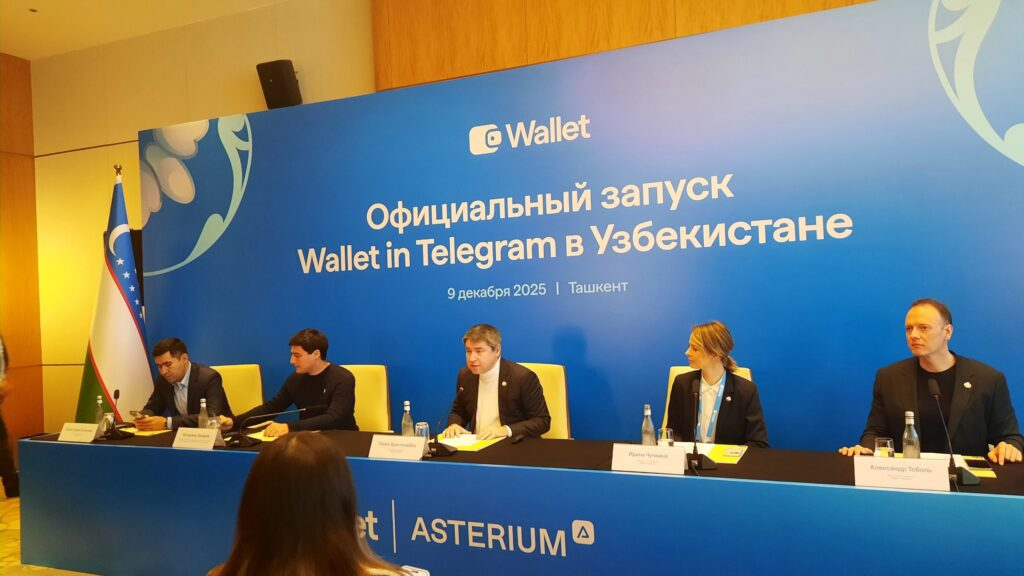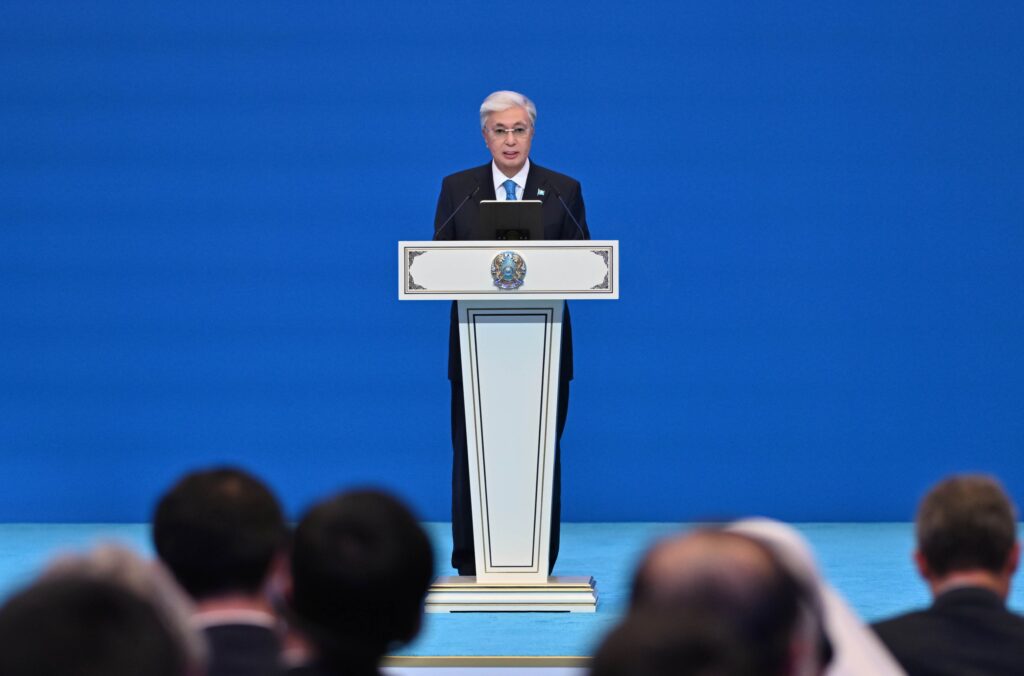DUSHANBE (TCA) — A launch ceremony for the Tajikistan Higher Education Project took place on March 1 in Dushanbe with the participation of representatives of the Executive Office of the President of Tajikistan, Ministry of Education and Science, Parliament, international development community, civil society, higher education institutions, and the World Bank. The goal of the project, financed from the International Development Association for the amount of US$15 million, is to develop mechanisms that improve and monitor the quality and labor-market relevance of higher education in the country, the World Bank said.
“This is the first project in the higher education sector implemented in cooperation with a development partner in Tajikistan,” said Rahmatullo Mirboboev, First Deputy Minister of Education and Science of Tajikistan. “We hope that through the project, we will be able to implement system level and institutional level reforms, which will further improve labor-market relevance of higher education and improve quality control systems.”
“The World Bank is pleased to finance this project aimed at supporting young people, who are one of Tajikistan’s unique development assets, as they make up a very significant part of the country’s population,” said Patricia Veevers-Carter, World Bank Country Manager for Tajikistan. “The project will help the higher education system in Tajikistan provide youth with what young people around the world strive for – a quality education that includes the knowledge and skills that can help them to find better jobs.”
To support quality and labor-market relevance improvements across the entire system of higher education, the project will finance a) the development of an external quality assurance system; b) the redesign of state-defined academic standards for select disciplines that are important to Tajikistan’s evolving economy; and c) an assessment of the financing structure for higher education to determine how it could better support key policy objectives (e.g., equity in access to higher education for students from less wealthy families).
At the institutional level, competitive grants programs will enable higher education institutions to design and implement initiatives aimed at improving the quality and labor-market relevance of their offerings. While the institutions are encouraged to be creative, examples of potential activities include redesigning curriculum, providing professional development for teachers, enhancing career services for students, or refurbishing laboratories. A portion of these grants will also help strengthen mechanisms that support young women in getting higher education and find better jobs. The programs will also fund the development and delivery of short-term courses for job-seekers, including returning migrants and secondary education graduates.









